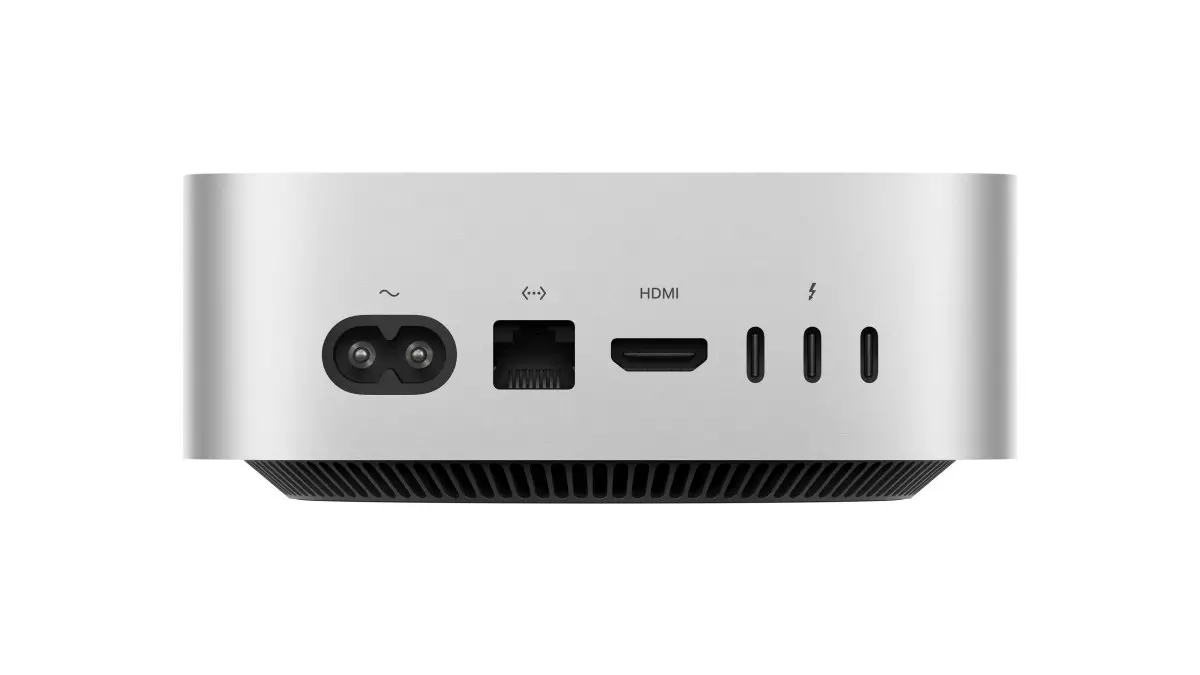In a much-anticipated series of announcements, Apple has yet again elevated its game with the introduction of the new M4 silicon. This latest iteration comes not only as a powerful upgrade to existing models but also represents Apple’s ongoing commitment to expanding its ecosystem of first-party chips. Specifically designed for the newly launched Mac Mini, the M4 silicon marks a significant shift in Apple’s approach to its product line and computation capabilities.
One of the standout features of the M4 chip is its pioneering support for Thunderbolt 5. This newly developed technology allows for incredible data transfer rates—an impressive leap from 120 GB/s to a staggering 273 GB/s. This enhancement distinguishes the M4 Pro, equipped with five Thunderbolt 5 ports, from the standard M4 model, which remains at Thunderbolt 4 capabilities. Such advancements not only optimize performance but also position the Mac significantly ahead of its competition in terms of connectivity options.
Delving into the hardware specifications, the M4 Pro houses an advanced second-generation 3-nanometer architecture, featuring an impressive configuration of up to a 14-core CPU comprised of ten performance cores and four efficiency cores. This gives users unparalleled processing power, particularly for demanding tasks, while ensuring energy efficiency during less intensive operations. The graphics capabilities are equally remarkable, with the GPU ramping up to 20 cores, significantly enhancing the system’s ray-tracing abilities. Apple’s claim of doubling graphics speed highlights the company’s intent to position the Mac as a viable option for gamers—an area traditionally dominated by other platforms.
Crucially, Apple’s Neural Engine is also getting a substantial upgrade with the M4. With performance metrics suggesting it operates at up to twice the speed of its predecessor, the improvements will enhance machine learning tasks, a key component of Apple’s vision for the future of its devices. As the first wave of Apple Intelligence features is set to launch, these improvements in the Neural Engine promise to elevate the user experience significantly.
As with all of Apple’s innovations, the new technology comes with varied pricing options. The standard Mac Mini equipped with the M4 starts at an accessible $599, making it an attractive entry point for consumers. In contrast, the Pro version, which boasts enhanced capabilities, is positioned more steeply at $1,399. The debate over the premium pricing continues, but the features packed into the Pro edition could justify the investment for users seeking professional-level performance.
The unveiling of the M4 chip is a clear signal of Apple’s commitment to pushing the boundaries of performance and connectivity. With significant technical advancements and an eye toward machine learning capabilities, the new M4 series is more than just a continuation of Apple’s silicon journey; it’s a transformative moment that is set to redefine the Mac ecosystem. Starting preorders and the subsequent release on November 8 signal a pivotal period for Apple users and tech enthusiasts alike as they anticipate experiencing these innovations firsthand.

